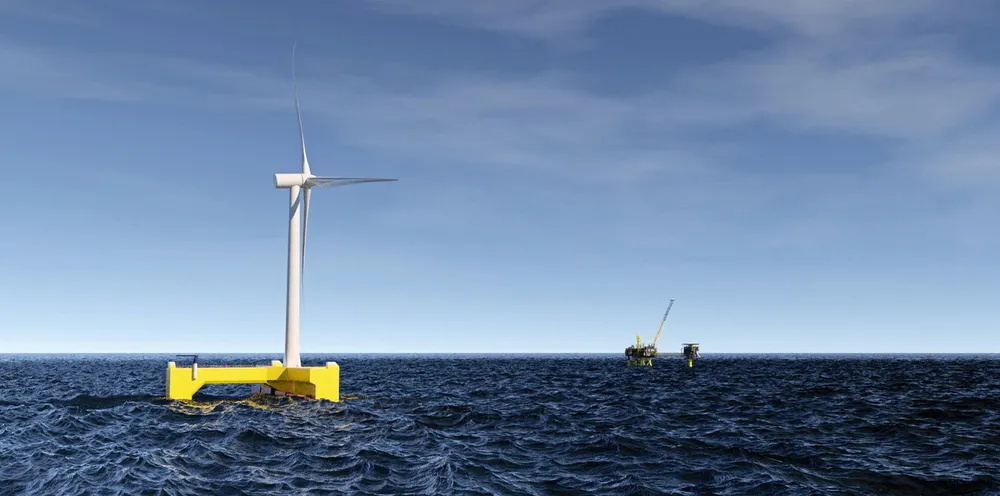TechnipFMC and Floating Power Plant to fine-tune UK North Sea oil 'greening' design
French offshore energy contractor and Danish technology outfit in 'concept select study' for unnamed operator to use wind-and-wave-power unit with hydrogen back-up to shrink oil field's carbon footprint

Transitioning French offshore energy contractor TechnipFMC and Danish technology outfit Floating Power Plant (FPP) have been selected by an unnamed UK operator to carry out a “concept select study” to use wind and wave power backed by hydrogen storage to help lower the carbon footprint of an existing North Sea oil & gas complex.
The work aims to “determine the optimum set-up” for one of FPP’s hybrid floating wind-and-wave units to “significantly reduce” CO2 emissions linked to operations, while “exploring the requirements to efficiently interface with the existing infrastructure, in terms of both hardware and controls”.
TechnipFMC executive vice president for new energy ventures Luana Duffé said: “Our hydrogen solution is ideal to work alongside FPP’s wind and wave platform to reduce the potential greenhouse gas emissions produced on oil and gas platforms.
“Using our technology and iONE, our execution model utilised specifically for renewable energies, we can safely and efficiently produce, store, and re-electrify hydrogen. This allows us to then export incremental electricity to the platform when wind and wave power are lower than the demand.”
FPP CEO Anders Køhler said: “This concept select study provides significant progress in the development of a reliable renewable energy solution for the offshore oil & gas sector, allowing us not only to develop the technical solution towards a well-defined, real need, but also to develop the commercial solution to suit the needs of the market.
“While the combination of wind and wave will supply the renewable energy, another significant factor enabling the oil & gas platform to reduce emissions will be the hydrogen solution on-board the floating wind platform.”
When power production from the FPP unit is surplus to the platform’s energy consumption, the excess will be stored as hydrogen and saved for later use in fuel cells, “dramatically reducing the need for running fossil fuelled generators”, said Køhler.
TechnipFMC and FPP will also work with other engineering consultants to investigate “brownfield” modifications to the existing infrastructure to better integrate the interface between the renewable energy system and the platform.